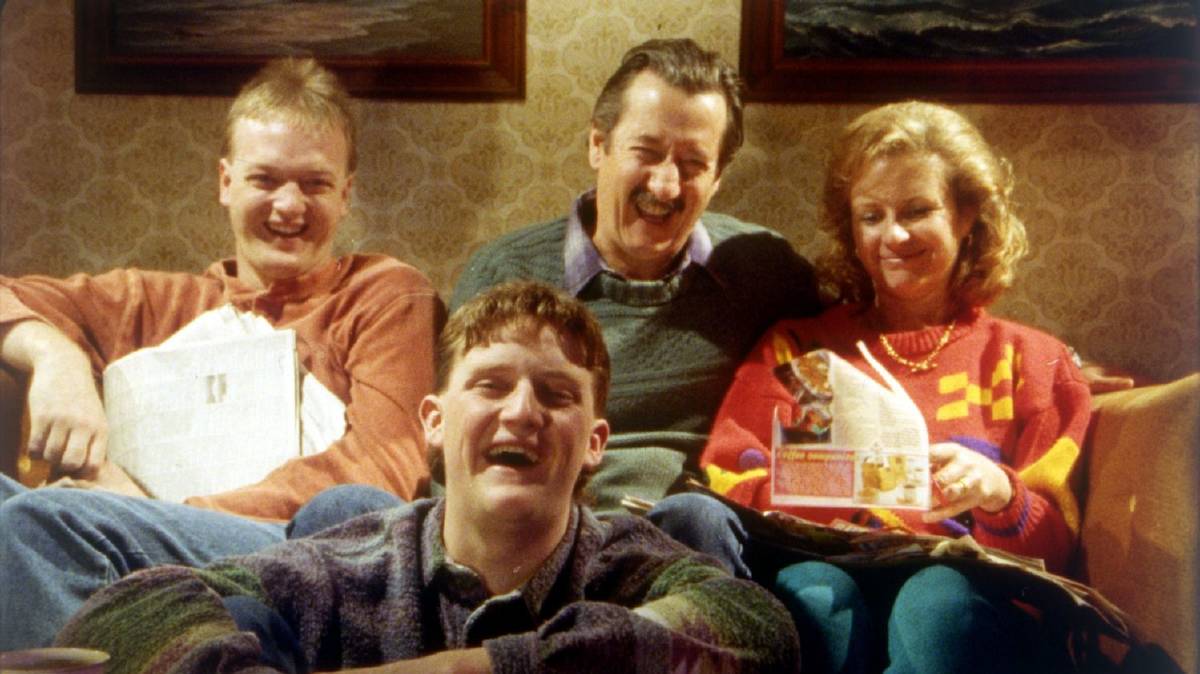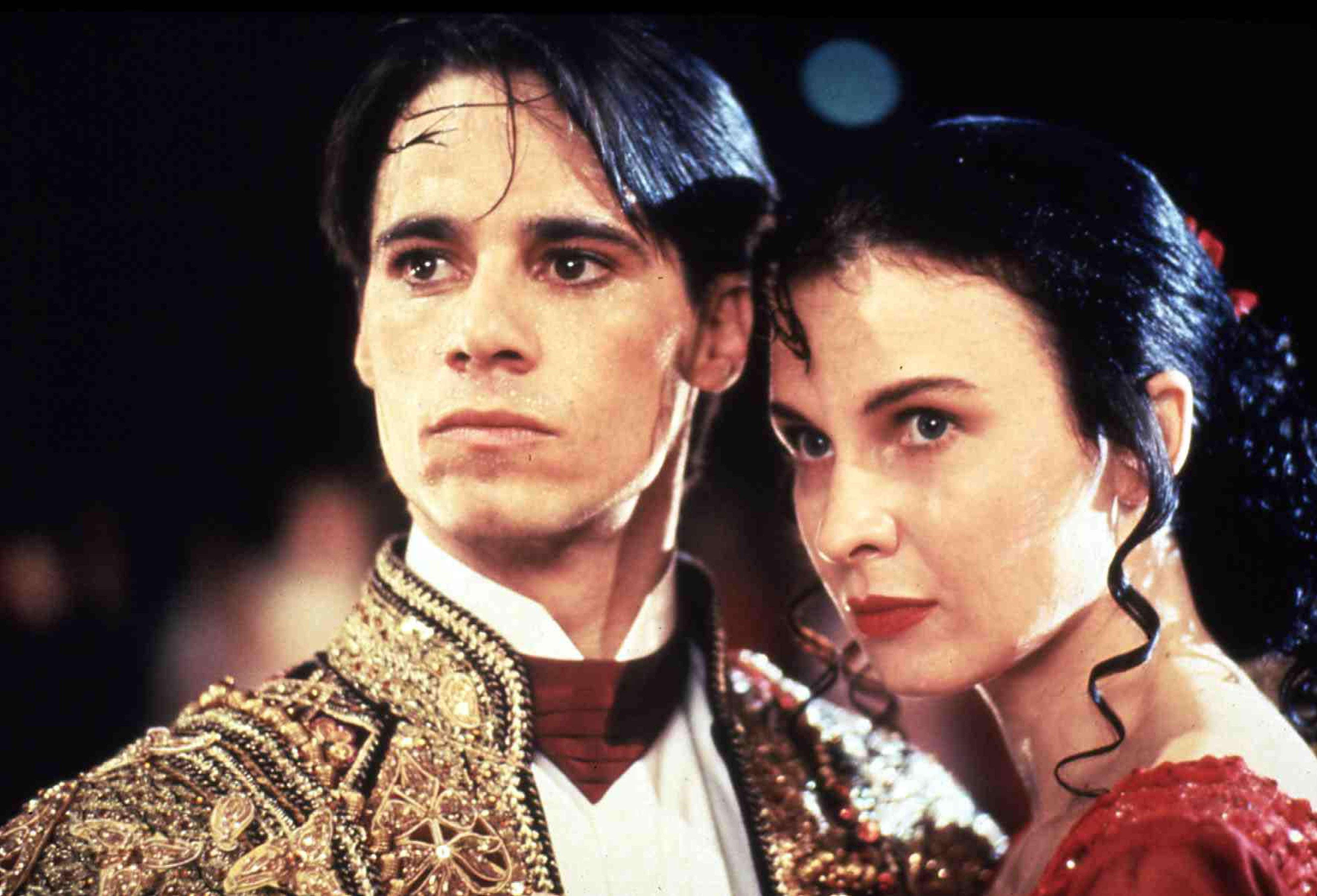The 1990’s proved to be a revolutionary time for Australian film with releases moving away from the outback and into the Australian suburbs.

Both in terms of Australian stars and Australian films, the 1990’s was an important decade. Slowly, through much trial and error, through the wearing out of old cliches and progressions in modern society, Australian art was moving away from the outback and into the suburbs. Following on from the critical work done by Gough Whitlam earlier, Paul Keating, Australian Prime Minister from 1991 to 1996, was supportive of the arts and assisted in this boom period of Australian cinematic history. His ‘Creative Nation’ policy of 1994 committed $252 million dollars to the funding of the arts, including opera, ballet, music and film as well as vital cultural resources such as libraries and radio. This injection of financial support coupled with societal interest in films and excitement following the Australian New Wave movement of the previous decade gave birth to one of the most fruitful periods in Australian cinema.
1992 saw legendary director Baz Luhrmann release his romantic comedy Strictly Ballroom. Based on Luhrmann’s own play, the film was his directorial debut, and was followed by Romeo and Juliet and Moulin Rouge, both hugely successful films still popular to this day. Set in the cutthroat world of professional ballroom dancing and featuring a cast consisting largely of newcomers, Strictly Ballroom went through many budgeting and internal issues before premiering at the Cannes Film Festival, where it received a fifteen minute standing ovation and became an instant hit. It was similarly received when released in Australia, winning numerous accolades and propelling Luhrmann into Hollywood fame.

The mid-90’s were when Australia truly began seeing a film output of a quality unheard of before. 1994 came with the release of P.J Hogan’s Muriel’s Wedding, a film still dearly loved today. Starring Sydney-born actress Toni Collette in her breakthrough role, Muriel’s Wedding explores the life of a small-town girl surrounded by shallow friends and corrupt politicians who moves to Sydney in the hopes of a better life and with dreams for a big wedding. Exploring globally relatable themes such as social awkwardness, broken dreams and the struggles of living in a small town, Muriel’s Wedding has only grown in popularity since its critically and commercially successful release. Much like Muriel, the Australian film industry was breaking out of the confines it had built itself into, and was emerging as a more honest representation of Australian culture while still managing to find international success.
Perhaps the film that best exemplifies Australian filmmakers departure from the outback setting for more entertaining and heartfelt stories is 1994’s The Adventures Of Priscilla, Queen Of The Desert. Starring Hugo Weaving and Guy Pearce as drag queens and Terence Stamp as a transgender woman, this film follows the trio as they travel from Sydney to Alice Springs in a tour bus nicknamed ‘Priscilla’. Not only did the film quite literally contrast the outback against modern themes in film, but it was one of the first films to celebrate LGBT individuals, and did much to promote awareness in different countries. The film, now a cult classic, introduced a portrayal of gay lifestyles to American audiences and was hailed by Australian audiences for its home-grown references as well as for its celebration of LGBT people in Australia. Despite this, the film was not marketed widely in the United States due to it being an Australian production, though the movie, along with Muriel’s Wedding and Strictly Ballroom served to exemplify to international audiences the way Australians had begun to create films.
The Castle, directed by Rob Sitch, was released in 1997. The comedy/drama follows the Kerrigan family, who are under threat of losing their home due to developers desire to expand the neighbouring airport. It is difficult to name a more accurate, sympathetic or relatable portrayal of working-class Australians, both in behaviour and in societal reckoning. Considered one of the best Australian films ever made and still widely and regularly quoted, The Castle finally brought cinematic storytelling into the Australian household. Australian audiences were greeted with scenes of family dinners where dad fawns over a simple dish, the Australian obsession with expanding and renovating our houses, the excitement of a road trip and the beauty in the most mundane of tasks such as digging a hole. Under the veneer of this comedic script lie references to Aboriginal land ownership discussions and various famous Constitutional Law legal cases, all wrapped up to create a culturally significant yet globally enjoyable film.
Despite the critical and commercial success of The Castle in Australia and New Zealand, it hasn’t been as fondly remembered elsewhere. When Australian filmmakers started using the language Australian citizens actually use as opposed to ridiculous slogans and slang, American and British audiences seemed to lose interest in Australian stories. As soon as Australian producers started releasing films focusing around realistic stories and normal people instead of silly displays of ultra-masculinity or unusual flora and fauna, international interest started to fade. This has been a problem that has plagued Australian film almost from its inception. While Australian audiences too may assume what they see in British or American films is reflective of their respective societies, the fact we are a smaller nation with a history of following suit means we have been bullied into stereotype. This is a battle we are still fighting, and films like The Castle sacrificed international success for Australian audiences to have a work they could truly relate to.
Australian films of the 90’s were not all suburban dramas or light comedies. 1992 saw the release of Romper Stomper with Russel Crowe playing the role of a neo-nazi on the streets of Melbourne, while George Millers 1995 film Babe found international success with its innovative visual effects. Two Hands, released in 1999, gave Heath Ledger his first starring role alongside such names as Rose Byrne and David Field, who also starred in the 1988 film written by Nick Cave, Ghosts Of The Civil Dead. These and a list of other releases served to deepen the content of films released and produced in Australia. While international reception was two-pronged, with the style of films being praised but the realistic content sometimes being too culturally specific for all to understand, the fact is more and more audiences perked up their ears at Australian cinema during this time.
Subscribe to FIB’s Weekly Alchemy Report for your weekly dose of music, fashion and pop culture news!







